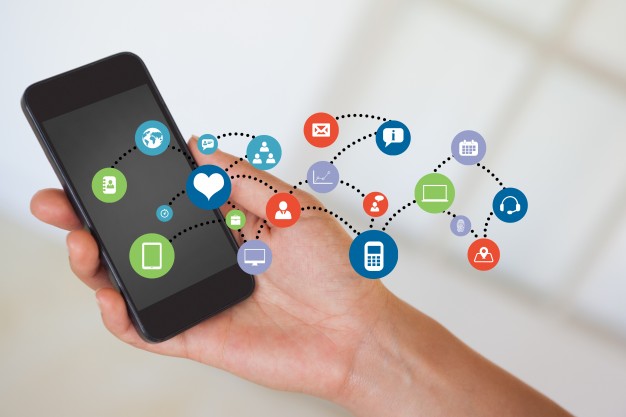
Nowadays, mobile applications are ruling the entire software industry. When you own a software company, then you come across people who come up with innovative ideas. They also wish to get their application developed for their business purposes. But, when you take the task in your hand, you realize that it will take a lot of time, money, and procedures to accomplish the task.
There are a lot of factors that come on the way regarding the building of an application. First, you have to launch the beta version that takes in about three months to develop. After that, it takes more than six months to complete the full development. In addition to that, it also takes a bit more time to add more features and functionalities.
Details of the Several Phases of Mobile Application Development
There are several critical phases of software development that you must know. Without further ado, let’s check them out one by one.
Phase 1: Discover your Aim
In this world, everything that is to be created always comes from a startup idea. Similarly, the first and foremost stage is refining the concept for the application. Certain notable factors will definitely come to your mind while thinking about this phase.
Advantage
Can you get the ultimate competitive advantage? Is your application interactive compared to the other apps in the market? Before making the application, think about it very carefully.
Think Different
Make a list of all the features and integration of the existing apps in the market. Analyze them and think of something unique. This uniqueness will drive your application to gain the ultimatum.
Calculate the Value
What value will your application provide upon the customers? Have you ever thought of it? If yes, then well and good, if not, then you have to do it before starting the development process. Indirectly, it will calculate the market value of the application as well.
Phase 2: The Pre- Design
The pre-design is the first stage of the application development process. You have to work out with everything like strategy, aims, required technologies, and others. The pre-design actually helps you to understand whether you are walking into the right path or not. In the pre-design phase, you have gathered all of your co-workers. And, after that, start a workshop with various collaborative sessions.
There will be a direct interaction between the clients and the experts. Then, the research will begin. On the completion of successful research, you have to start the analysis phase. Look for the same kind of apps that you are about to design, and sort out a different design from it.
At the end of this phase, you have to represent the client with a collection of certain recommendations and tech possibilities. In addition to that, you also have to create an imaginary map, telling them your path to the development.
Phase 3: The Main Design
After the completion of the pre-design stage, you have to switch over to the main design. If you haven’t performed the pre-design, you will be utterly confused about what you are doing. This will hamper the entire development process. In addition to that, your clients will not rely upon you, and your work will come to a standstill.
In the main design stage, you need to design the main user interface (UI). Including that, you also have to design the user experience (UX) too. After the design, you have to send the sample pictures of both the UI and UX. if they are satisfied, then move on with the next procedure.
The next step is to create a prototype or dummy. Send it to the client if the client demands any changes in it, then you have to make it accordingly. When the prototype passes the client approval test, you have to enter the final stage of design that is the testing. Make the test 100% positive.
Phase 4: Development
It is the backbone of developing any application. With the help of correct methodology, strategy, and technology, you need to start the development stage. In this phase, you have to work transparently. Give your client all the detailed access to this stage. They must have all the possible visibility. Work in such a way that they can track every movement of your work progress.
When the phase is over, you have already developed the product. Give the client all the functional specifications, source codes, activity logs, and other necessary items as well. You have to prioritize your client’s requirement. So, don’t give them any opportunity to tell you that something is missing.
Recommended Post: Mobile Repair Dubai
Phase 5: Assistance and Support
When the entire project is done, the client will upload the applications for the users to download and use it. This is the final phase of the development process as a whole. When the users face any problems like bugs, the unexpected crashing of the application, always be ready to fix it at once. In addition to that, your entire team must think and propose the client for an upgraded version after some time.
